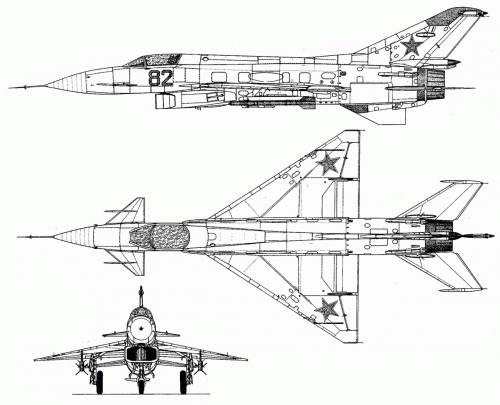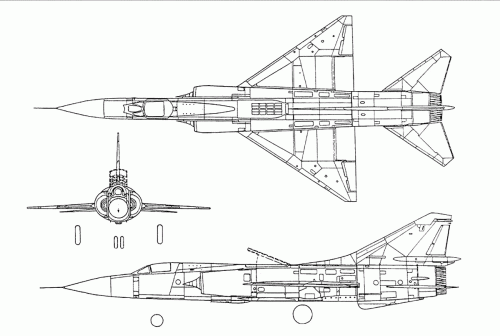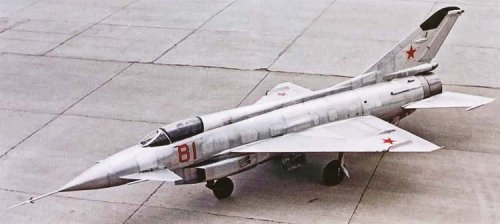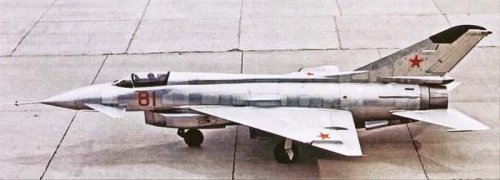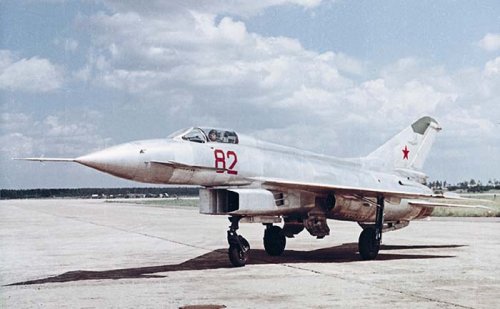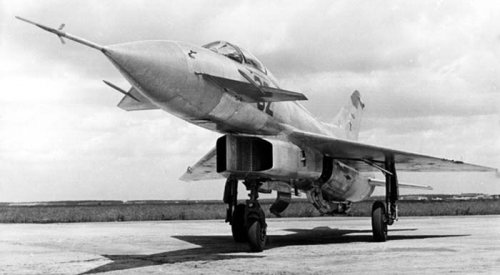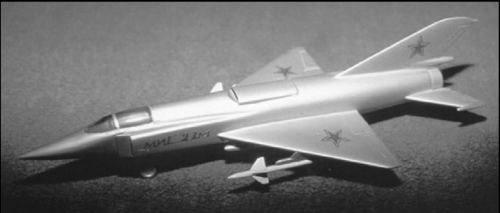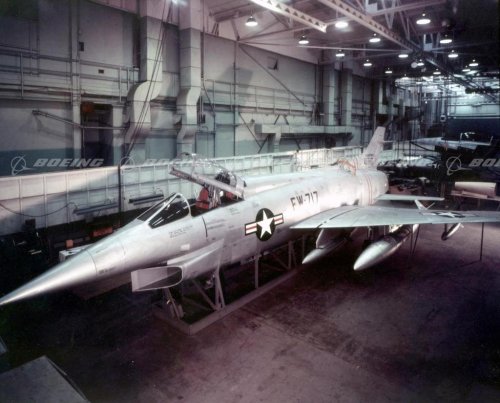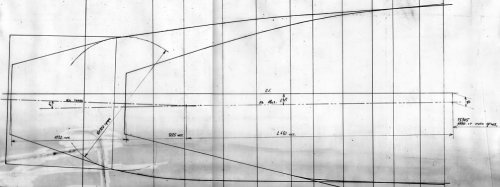I have to come clean first and say I do think the Ye-8 development of the Mig21 was a very attractive design, and also as far as I've read quite a potent one.
Yet sadly for reasons that seem somewhat unclear to me, this design failed to go beyond the prototype and I suspect that has much more to do with Soviet politics and relationships that anything wrong or right with the aircraft.
So what would happen if this was selected for production and perhaps if there is something flawed in the design what would that be and how would it be overcome?
Yet sadly for reasons that seem somewhat unclear to me, this design failed to go beyond the prototype and I suspect that has much more to do with Soviet politics and relationships that anything wrong or right with the aircraft.
So what would happen if this was selected for production and perhaps if there is something flawed in the design what would that be and how would it be overcome?

